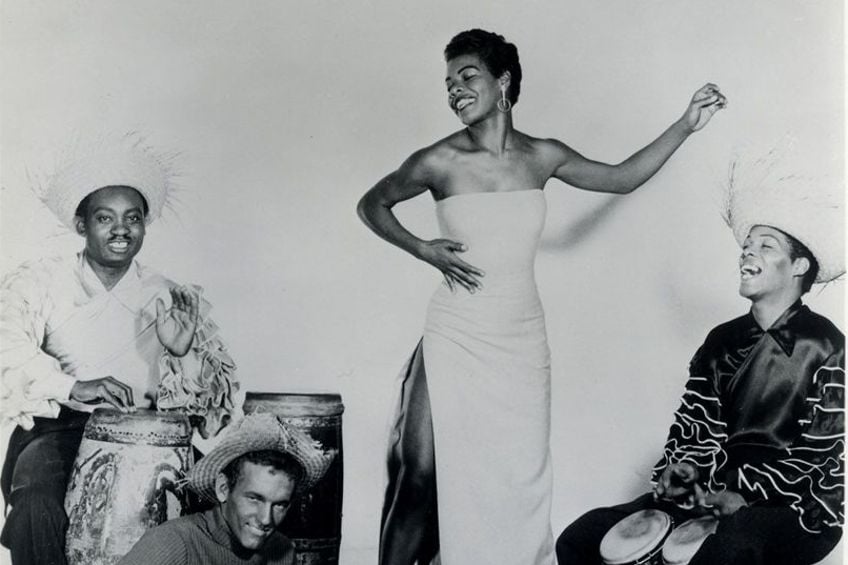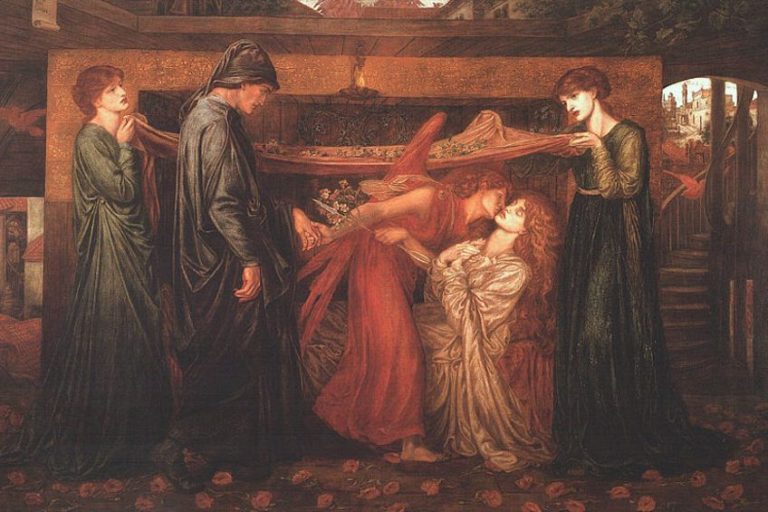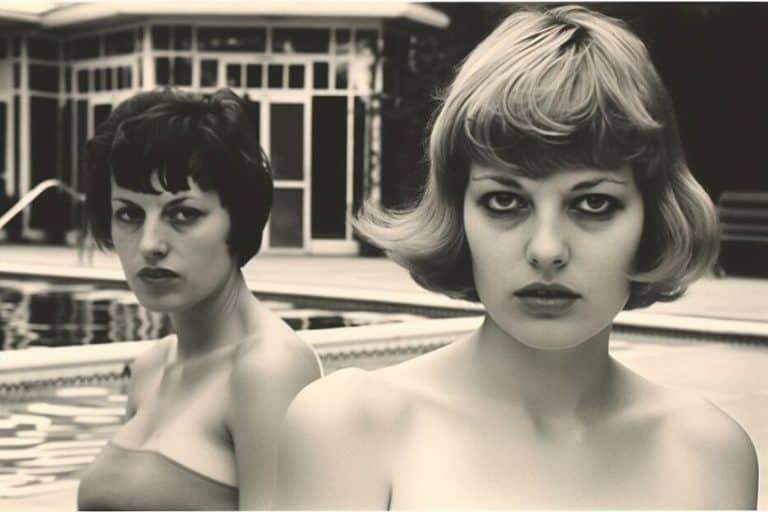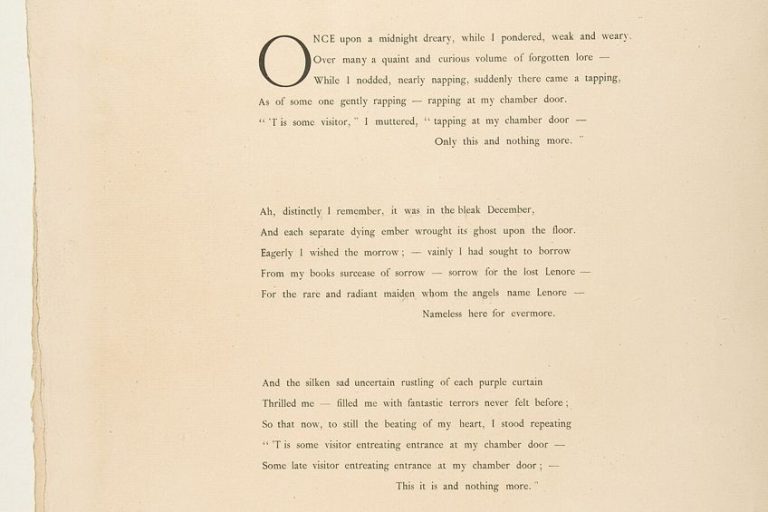“Phenomenal Woman” by Maya Angelou – A Poetic Analysis
When it comes to the work of Maya Angelou, there are so many phenomenal poems to take into account because she was a rather phenomenal woman. This also means that the question, “Who wrote Phenomenal Woman?”, is a rather easy one to answer. I will provide an examination of this poem by looking at Maya Angelou herself for a time, some of the themes of the text, and a closer analysis of Phenomenal Woman by Maya Angelou. This should provide a good overall discussion of the poem and help you to better understand it. If these are the things that you want out of something like this, then all you can do is read on!
Table of Contents
Phenomenal Woman by Maya Angelou Analysis
| Date Published | 1978 |
| Type of Poem | Free verse poem |
| Rhyme Scheme | None |
| Meter | None |
| Topic | Femininity |
The purpose of our discussion today will be to analyze and understand Phenomenal Woman by Maya Angelou. This empowerment poem that examines femininity and more of its non-Western forms is a great text that should be read by anyone interested in topics such as this. However, we can first start off with something a little different.

Phenomenal Woman by Maya Angelou Summary Points
While this article is meant to give you a good overall understanding of Phenomenal Woman by Maya Angelou, there is also a benefit to a short summary before we actually kick things off. So, let’s do that first:
- Phenomenal Woman by Maya Angelou is about femininity. The text explores an understanding of femininity in opposition to more Westernized understandings of it that would have been prominent when this poem was written. You would see this as going against the norm in the Western country she hailed from.
- Phenomenal Woman by Maya Angelou is an empowerment poem. Like a number of the poems that Maya Angelou wrote, this poem is aimed at a sense of empowerment. Angelou had a difficult early life, and so the use of more empowering verses would have played nicely into the kind of message that she wanted to present to the world.
- Phenomenal Woman by Maya Angelou is a free verse poem. This means that the poem does not follow conventional structural norms, and this includes a rhyme scheme and metrical structure. The poem more closely resembles ordinary speech than the kind one might find in traditional poetry.
While this summary has been very short, it should have also, hopefully, been helpful.
However, before we actually get to that whole analysis of the poem in question, let’s first get an answer to a different question: who wrote Phenomenal Woman?
Biography of Maya Angelou
| Poetic Movement | Non-classifiable |
| Years | 1928 – 2014 |
| Place of Birth | St. Louis, Missouri, United States |
| Known For |
|
Maya Angelou is one of the most important African American poets to have ever lived, and her work was an integral component of the art of the Civil Rights Movement. However, while she was well-known for her poetry and autobiographies, she was also a powerful activist outside of literary circles. Her work has continued to be an inspiration to this day, and her life story is also one that has been noted by many around the world.

For instance, before she even became a writer, Maya Angelou had worked many different jobs, been involved in decolonization efforts in Africa, and lived as a sex worker. Her many experiences in her life led her to be able to produce some of the most potent written works of the 20th century. This is why her poetry, such as Phenomenal Woman, is worth reading and examining.
An In-Depth Analysis of Phenomenal Woman by Maya Angelou
The first thing to note when it comes to an analysis of Phenomenal Woman by Maya Angelou is that this text is a free verse poem. This means that there are no ordinary rules of poetry that are followed throughout the poem. Instead, the text emulates something closer to ordinary speech. There is no consistent rhyme scheme or standard structure, and the line length varies between lines, and this further implies that there is not any real metrical structure to be found here. All of these aspects of the text are very standard when it comes to free verse poetry.
However, one interesting thing to note about this particular text is that it also makes use of a kind of descending line length at times. This is not consistently used in every single stanza, but there are a number of the stanzas of this poem that have this particular feature.
Essentially, the first lines of some of the stanzas are the longest, and the rest of the lines become shorter and shorter as it progresses. This makes for a rather interesting typography that is worth noting. One of the effects of it is that each subsequent line becomes punchier and punchier as the poem continues. However, this is all to do with the general structure of Phenomenal Woman by Maya Angelou. The poem does make use of repetitive elements to aid in the rhythm of the text even though it does not have a rhyme scheme as one might ordinarily find in more traditional instances of poetry. This may be something interesting to note in the poem, but the only real way to get into things properly is if we stop our dawdling and instead get properly into our Phenomenal Woman by Maya Angelou analysis!
Stanza One
Pretty women wonder where my secret lies.
I’m not cute or built to suit a fashion model’s size
But when I start to tell them,
They think I’m telling lies.
I say,
It’s in the reach of my arms,
The span of my hips,
The stride of my step,
The curl of my lips.
I’m a woman
Phenomenally.
Phenomenal woman,
That’s me.
When we first have a look at this poem, we open with a statement. This statement tells us that the speaker knows what so-called “pretty women” think about her. We open here with this idea of there being some kind of a secret that these pretty women do not know. The secret can be found within the speaker herself, and that secret will start to elucidate as the poem continues into the second line.
This line is full of statements about the speaker herself. She states that she does not look like a traditionally “pretty” woman, which already directly juxtaposes her against those “pretty women” who are mentioned in the first line of this text. She states that she is not cute, and she lacks the appearance of a model. These are overt statements on attractiveness, and it makes use of more feminine terms too. While a male certainly can be cute or a fashion model, we tend to have an immediate association with these terms and women.
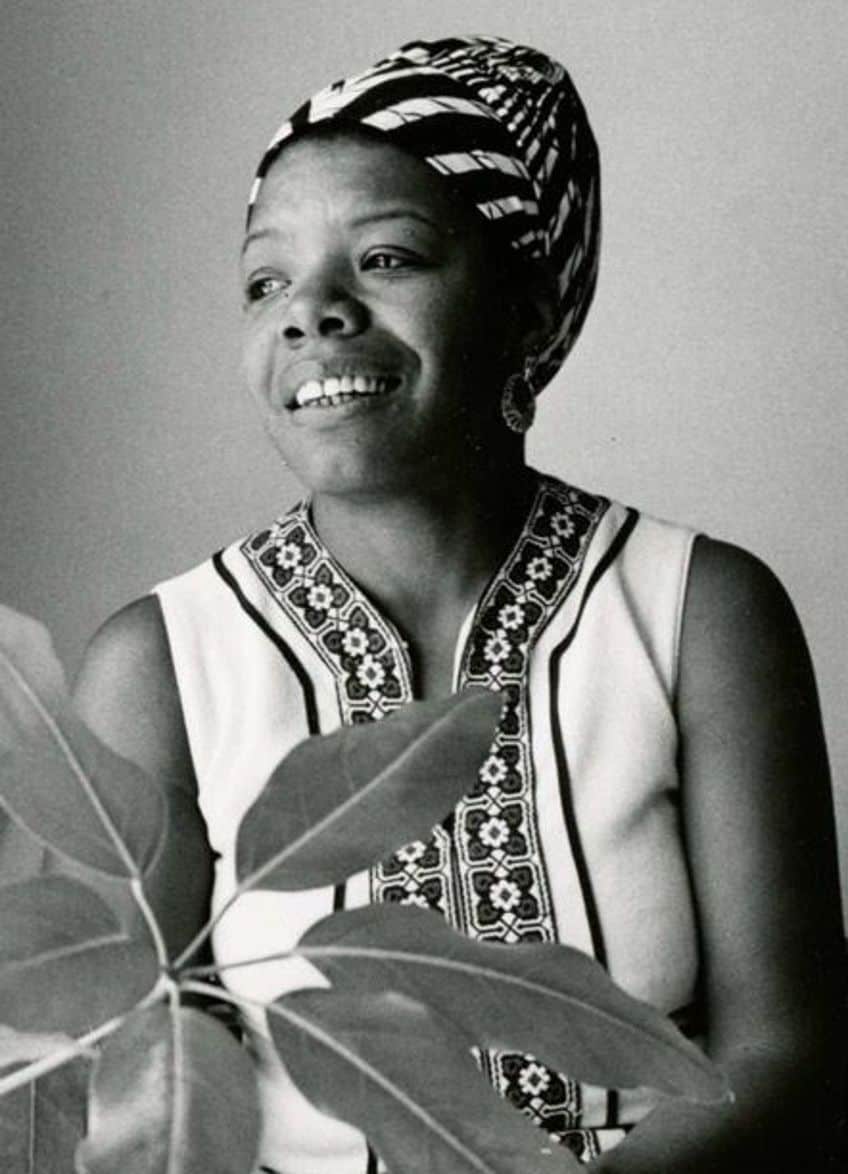
The next two lines are connected with one another via enjambment and so they can be read as a single thought. The speaker says that when she starts to tell these “pretty women” about her secret, they do not believe her. There is an immediate sense of hostility that can be read into lines of this nature. The women who do not look like her are not willing to accept what she has to say, and this does track with a certain stereotypical behavior that is often ascribed to women. The stereotype of being jealous of other women and, as will become evident, how they can be attractive to men.
The next five lines are connected to one another, and they each cover other physical elements. This is similar to the second line in that it tells us direct physical attributes that are not traditionally seen as “attractive” from a more Westernized perspective. These include long arms, wide hips, and curled lips. However, the very next line affirms the connections between these so-called “unattractive” attributes and femininity when she states that “I’m a woman”.
Lines like this serve as a means of affirmation. They are telling the reader something in a very obvious way.
There is no hiding behind complex language. The meaning has been directly presented to us. And this is also where the last three lines come into play where they repeatedly use the phrase “phenomenal” in relation to her as a woman. She may not have what Western beauty standards may deem as beautiful, but she is a phenomenally attractive woman regardless of what those sectors of society might have to say.
Stanza Two
I walk into a room
Just as cool as you please,
And to a man,
The fellows stand or
Fall down on their knees.
Then they swarm around me,
A hive of honey bees.
I say,
It’s the fire in my eyes,
And the flash of my teeth,
The swing in my waist,
And the joy in my feet.
I’m a woman
Phenomenally.
The second stanza of Phenomenal Woman by Maya Angelou opens with another call toward her behavior that has made her so attractive to men. This is an explanation of the “secret” she has that was mentioned in the previous stanza. However, unlike in that stanza, there is no focus on what other women have to think about her. Instead, it focuses entirely on what men think about her.
It opens with how she claims that when she walks into a room, men stand for her or fall to their knees. Now, this is likely metaphorical as there are not very many people who immediately fall to their knees upon seeing anyone (except maybe monarchs of old), but the meaning can be easily understood here. Essentially, it tells us that men sit up and pay attention when she appears. The second line of the poem also mentions the way in which she enters a room. It states that she enters them cooly, and this implies a certain calm confidence to her very movement.

This affirms that it is not simply her appearance that might make men turn their heads, as was implied in the first stanza, but rather that it is also the way that she acts. She presents herself to the world in a particular way, and that way causes men to want to sit up and pay attention. This is also stated through an animal metaphor in the sixth and seventh lines. She states that they swarm around her. They are honeybees and she is the flower they desire. The use of honeybees also immediately implies that she is sweet, which does not, obviously, mean that she is literally sweet like sugar but is instead sweet in the more general sense.
The next few lines blend behaviors with physical appearance as they state that her attractiveness comes from the way in which she presents her physical attributes. She has a passionate fire in her eyes and a joy in her walk and dance. These are shown by blending these elements. Sure, it mentions her eyes, but it also mentions how those eyes are perceived. The behavior behind the physical is what matters here.
The last of the two lines in this stanza are reaffirmations of the repetitive use of “phenomenal woman”, and you will see that the very next stanza is quite a repetition too.
Stanza Three
Phenomenal woman,
That’s me.
This stanza is fairly simple in what it wishes to affirm. It is only two lines long and it simply reaffirms the idea of her being a phenomenal woman. This is probably to be expected in Phenomenal Woman by Maya Angelou seeing as it is the name of the poem, after all. This stanza serves as a repetitive reinforcement of the general themes that have thus far been explored within this poem, and the next stanza continues in that regard.

Stanza Four
Men themselves have wondered
What they see in me.
They try so much
But they can’t touch
My inner mystery.
When I try to show them,
They say they still can’t see.
I say,
It’s in the arch of my back,
The sun of my smile,
The ride of my breasts,
The grace of my style.
I’m a woman
Phenomenally.
Phenomenal woman,
That’s me.
The first line here is a callback to the early lines of the initial stanza of this poem. Back then, the speaker stated that women do not understand her secret. Here, however, it is shown that men do not understand her secret either. They find her alluring, but they cannot necessarily understand why that is the case. They may desire her, but they are unable to truly understand why that is the case with them.
The fourth and fifth lines reaffirm that these men cannot truly hope to understand her allure as much as they might try. This implies a certain mysterious element to what makes her so seemingly attractive when the speaker herself has claimed that she does not conform to the ordinary idea of beauty in our Westernized context.
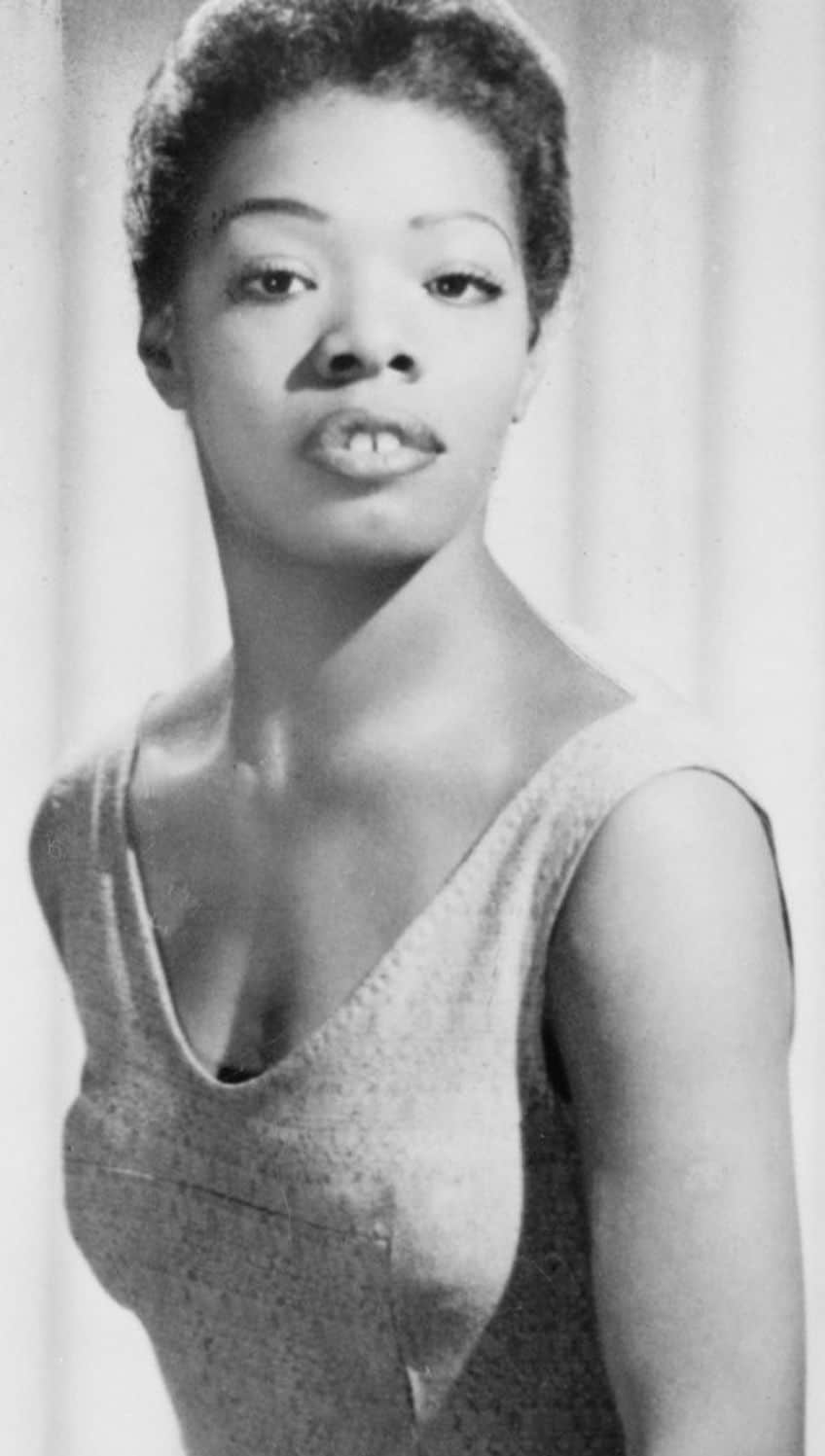
The next few lines are meant to elucidate this once again. She states that she tries to explain to them and to show it off, but they still do not understand, and here we are shown another of these lists of behaviors that have come to be blended with physical attributes. For instance, it states that there is a light that shines through her smile or a certain level of grace in the way she simply presents herself.
All of these elements are an attempt to explain the way in which she conducts herself, but it also serves as a means of showing just how she looks. As was stated far earlier, she tells us that she does not look particularly attractive in the more traditional sense, but here we are told, over and over again, that what is “traditional” and “Western” is not actually what makes one feminine. It is something harder to catch and identify.
The last four lines here are repetitive. They tell us, once more, that she is a phenomenal woman.
It’s almost as if the poem is called Phenomenal Woman or something! This repetition continuously reaffirms the femininity inherent in these words. The poem is trying to explain to us, especially those who believe in a certain view of beauty as the objectively correct form of beauty, that we are wrong to believe that her beauty is not valid while others are.
Stanza Five
Now you understand
Just why my head’s not bowed.
I don’t shout or jump about
Or have to talk real loud.
When you see me passing,
It ought to make you proud.
I say,
It’s in the click of my heels,
The bend of my hair,
the palm of my hand,
The need for my care.
’Cause I’m a woman
Phenomenally.
Phenomenal woman,
That’s me.
We get to the last stanza in my brief analysis of Phenomenal Woman by Maya Angelou, and we can start off with the speaker telling us in a very direct sense that we should now understand. The next few lines speak of empowerment. She may not be what Western-minded people think is feminine or beautiful, but she refuses to bow her head, and she does not need to act a certain way or speak in certain tones, because she will make heads turn. However, she states that those who do turn their heads for her should be proud of her. We should see her confidence and femininity and be proud of how she has refused to allow certain people to hold her back.

There is yet another instance in which the speaker lists several behaviors and physical features. These are the things that she feels are those that give her the feminine beauty she possesses. It’s her hair, the way she acts, and the way she walks. There are many possible things that can influence the way that she is perceived, but she ends off her statements in the last four lines by reaffirming that she is a woman and a phenomenal one at that.
The Themes of Phenomenal Woman by Maya Angelou
While the analysis of Phenomenal Woman by Maya Angelou is complete, it can be useful to have an overview of some of the themes that were explored in the text. Some of the major themes at play here are similar to those that can be found in another Maya Angelou poem, Still I Rise. The themes of self-confidence and female empowerment are on full display here.
In this sense, the particular sense of empowerment can be levied directly at femininity itself.
Femininity is one of those things that many believe to be some kind of objective metric but can actually vary to incredible degrees based on the society in which it can be found, the time period, individual differences, and so on. What it means to be feminine is not quite as clear cut as some may wish for it to be, and Maya Angelou ensures that that is on full display in this poem.

The speaker repeatedly confronts people with what they believe to be feminine beauty with ideas that often undermine Westernized understandings of beauty. Her beauty is individual and strong, and she wants the hostile addressee of the text to understand what it means to be feminine from her point of view. This makes the poem one of the most powerful out there thanks to the messages that it presents to the reader.
This last section looked at some of the themes on display in Phenomenal Woman by Maya Angelou, but I have also provided a more in-depth analysis of the poem as well as a few other bits and pieces. So, hopefully, that means that you have a better overall understanding of the poem and what it has to say. However, this is far from the only empowering poem by Maya Angelou, and if you want a whole lot more, there are many other poems that she wrote over her lengthy career – you only need to head out and find them!
Frequently Asked Questions
What Is Phenomenal Woman by Maya Angelou?
It is a poem that is used as a means of discussing femininity. The ideas of femininity that are expressed in this poem are meant to empower, and this makes Phenomenal Woman by Maya Angelou one of several poems that explores this theme in the work of this fantastic poet. The poem, like the title, is phenomenal.
Who Wrote Phenomenal Woman?
This poem was written by Maya Angelou. This figure was an American writer and activist who is well known for many of her powerful poems, as well as her revealing and raw autobiographies. Many of the works that she produced were aimed toward an understanding of the place of African American people in the United States, and as she was a major figure in the Civil Rights Movement, this is very understandable.
What Are the Themes of Phenomenal Woman by Maya Angelou?
The principal theme that is explored in Phenomenal Woman by Maya Angelou is femininity. The more Westernized understanding of what it means to be feminine is presented in one way, and the poem challenges those kinds of assumptions. What it means to be a woman is put on central display in this text.
What Kind of Poem Is Phenomenal Woman by Maya Angelou?
This poem is a free verse poem. This means that it does not use any kind of strict meter, rhyme, or general form. Instead, it is able to be free-form and flow in a more natural way than what is generally found in many instances of poetry. There are many Maya Angelou poems out there that are similarly free verse.
What Are the Other Famous Poems by Maya Angelou?
Maya Angelou wrote many fantastic poems throughout her career, and some of the most famous of them all include Still I Rise (1978), Caged Bird (1983), and On the Pulse of Morning (1993). This is hardly a broad overview of all that she wrote though, and there are many other poems by this illustrious poet that are worth examining.
Justin van Huyssteen is a freelance writer, novelist, and academic originally from Cape Town, South Africa. At present, he has a bachelor’s degree in English and literary theory and an honor’s degree in literary theory. He is currently working towards his master’s degree in literary theory with a focus on animal studies, critical theory, and semiotics within literature. As a novelist and freelancer, he often writes under the pen name L.C. Lupus.
Justin’s preferred literary movements include modern and postmodern literature with literary fiction and genre fiction like sci-fi, post-apocalyptic, and horror being of particular interest. His academia extends to his interest in prose and narratology. He enjoys analyzing a variety of mediums through a literary lens, such as graphic novels, film, and video games.
Justin is working for artincontext.org as an author and content writer since 2022. He is responsible for all blog posts about architecture, literature and poetry.
Learn more about Justin van Huyssteen and the Art in Context Team.
Cite this Article
Justin, van Huyssteen, ““Phenomenal Woman” by Maya Angelou – A Poetic Analysis.” Art in Context. March 18, 2024. URL: https://artincontext.org/phenomenal-woman-by-maya-angelou/
van Huyssteen, J. (2024, 18 March). “Phenomenal Woman” by Maya Angelou – A Poetic Analysis. Art in Context. https://artincontext.org/phenomenal-woman-by-maya-angelou/
van Huyssteen, Justin. ““Phenomenal Woman” by Maya Angelou – A Poetic Analysis.” Art in Context, March 18, 2024. https://artincontext.org/phenomenal-woman-by-maya-angelou/.


